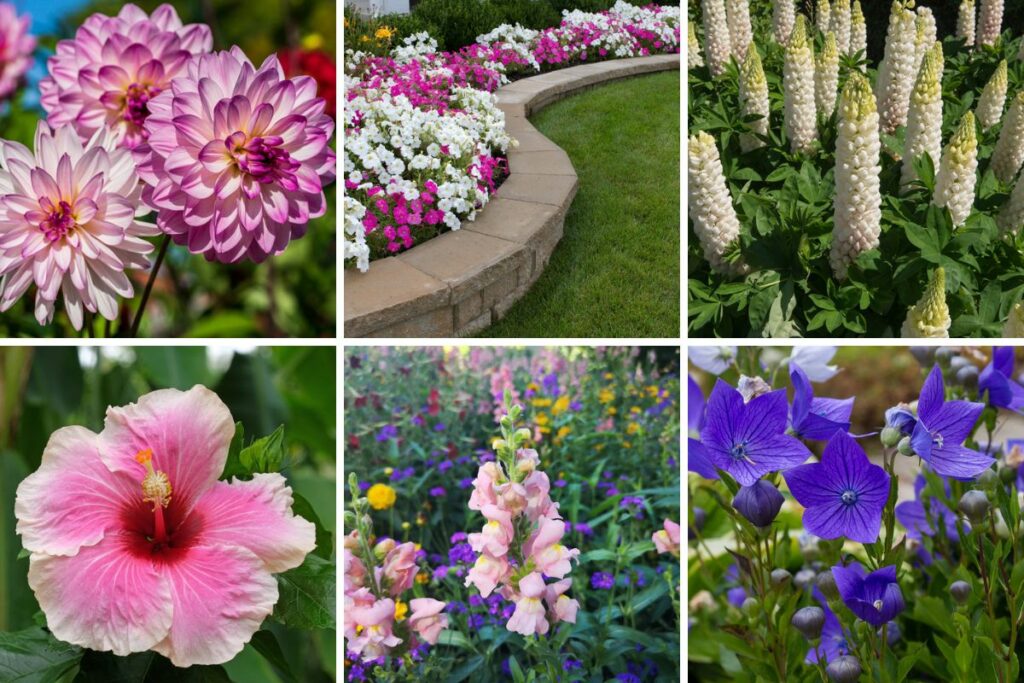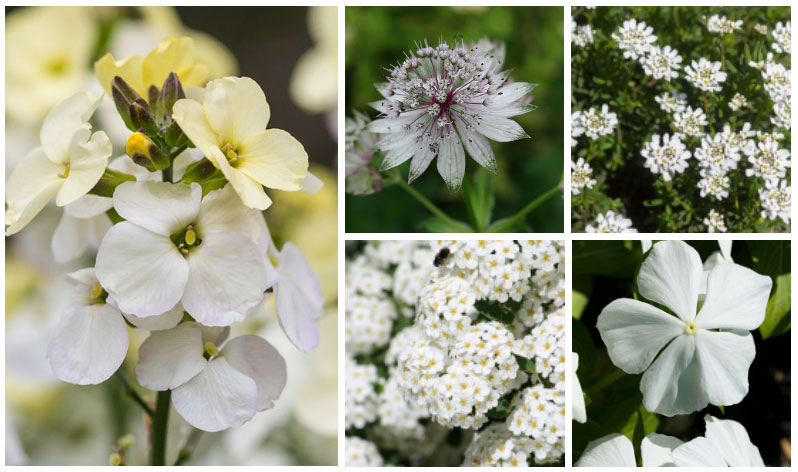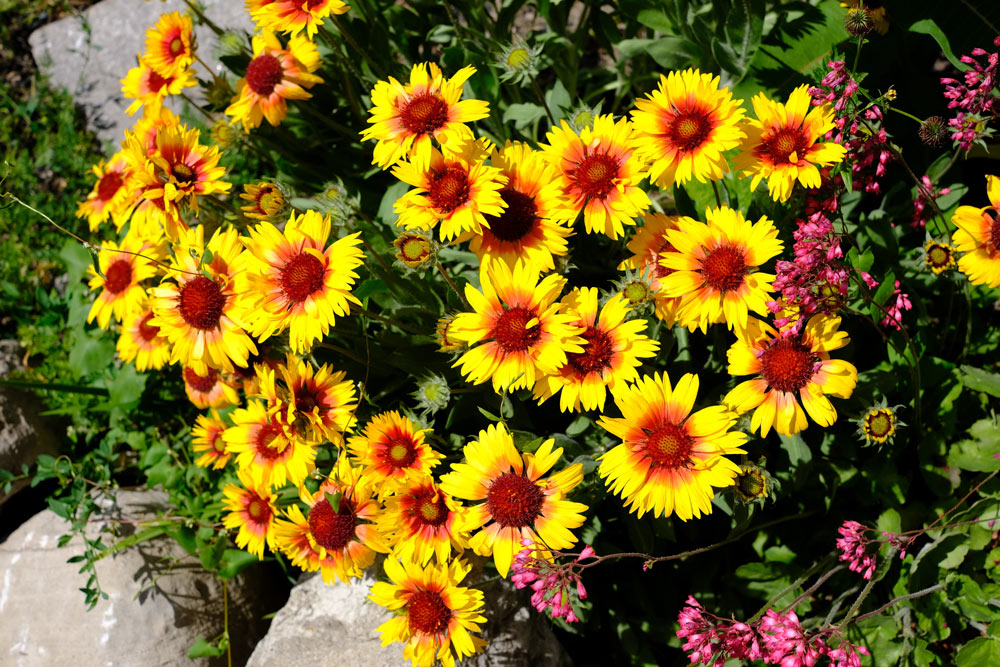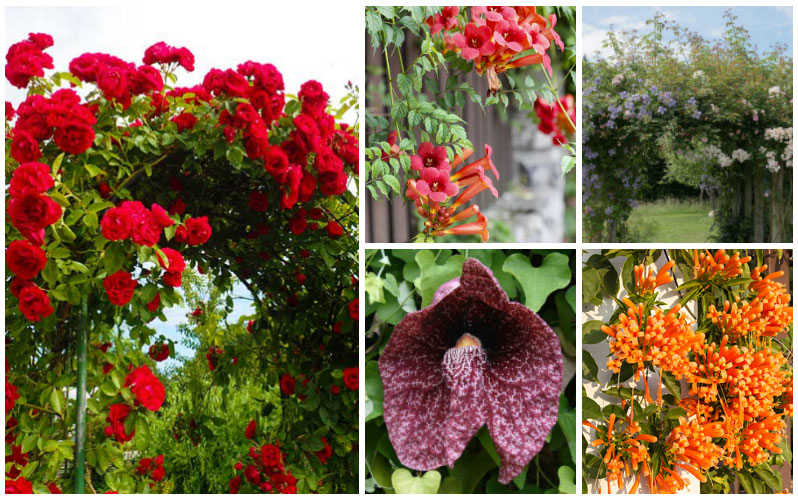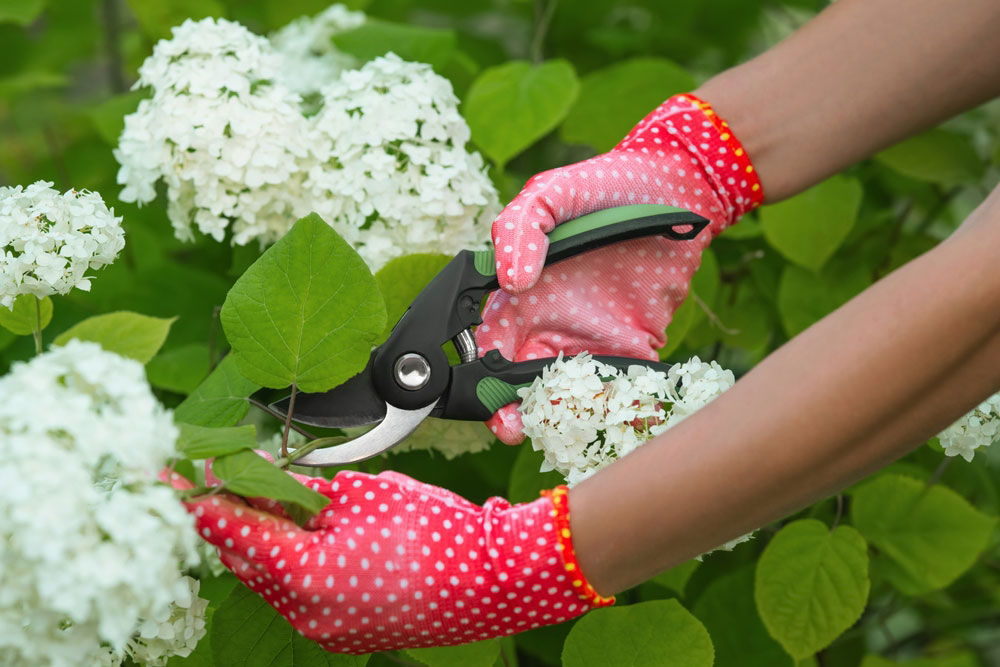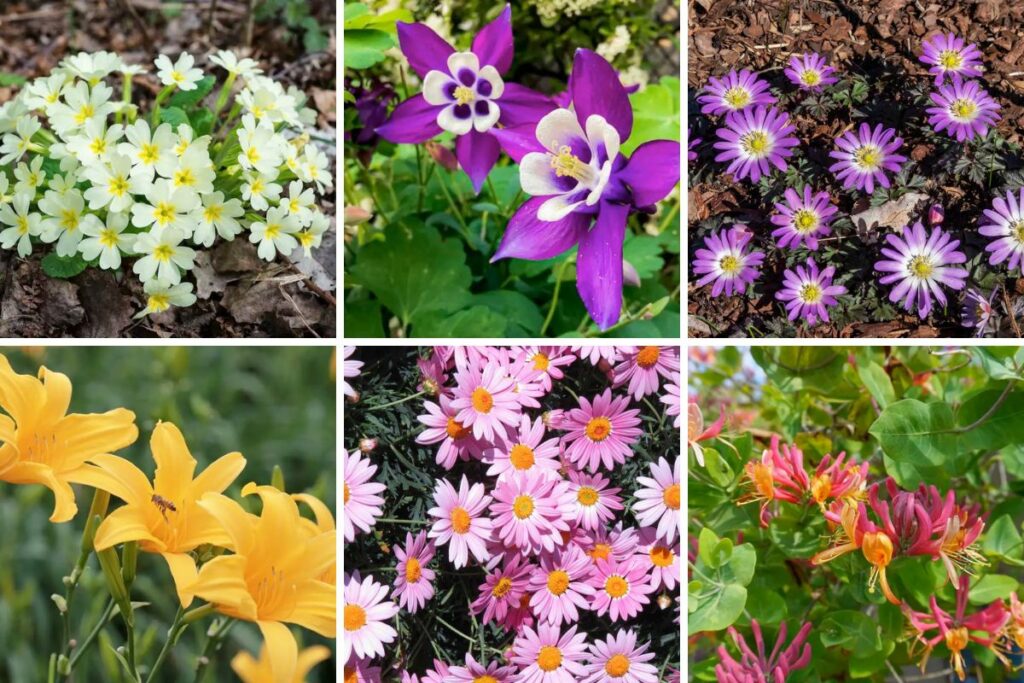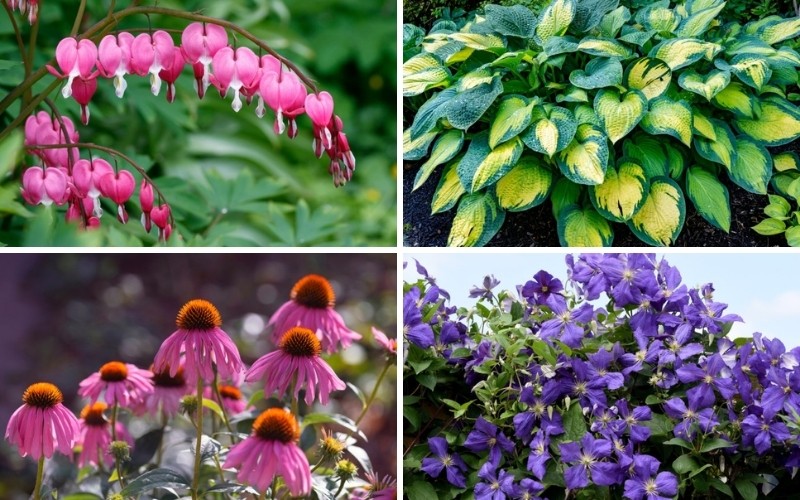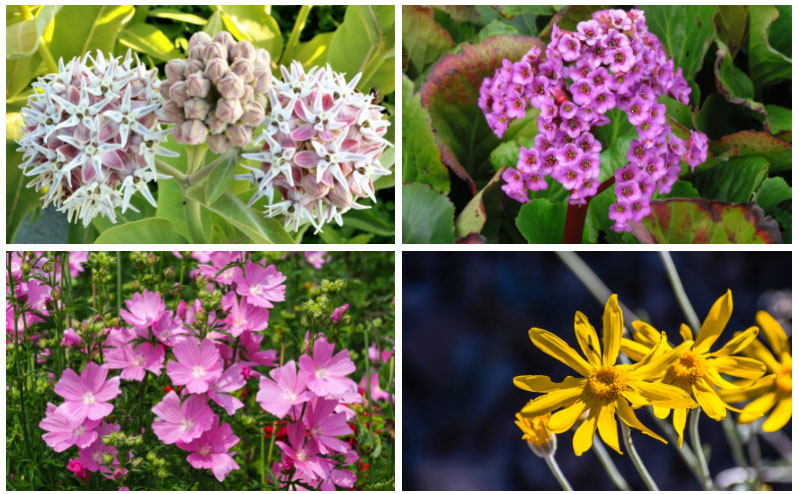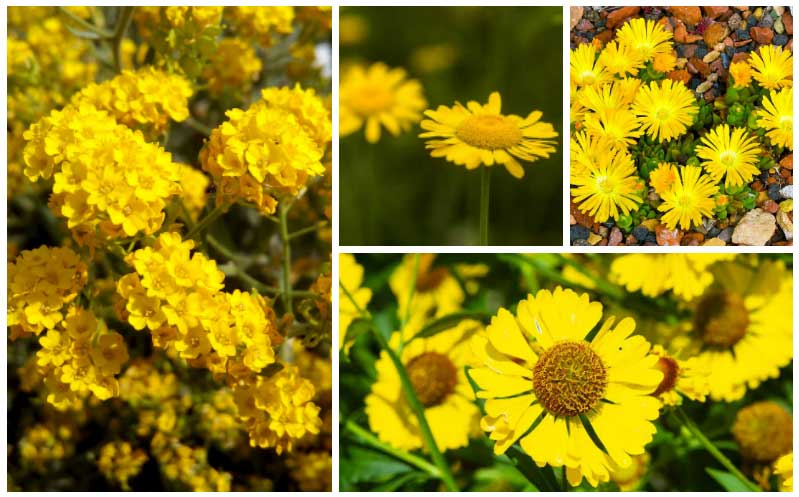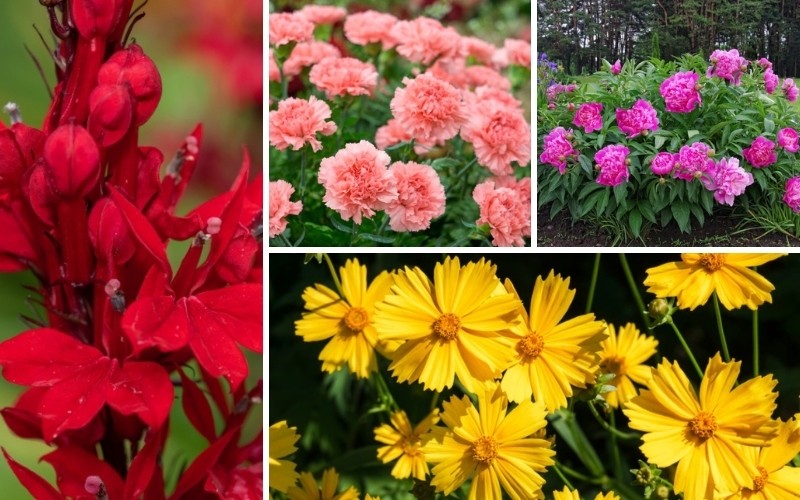
The state of Maryland encompasses USDA plant hardiness zones 5b to 8a making it an ideal location for creating a lush perennial bed. Although some plants that thrive in zone 8a may not perform as well in zone 5b, the following perennials should perform well throughout the state. Keep in mind that even though the hardiness zones are listed, hardiness can vary among cultivars of the same plant. Always check the plant identification tag to be sure the flower you are considering matches your planting zone.
Lenten Rose (Helleborus)
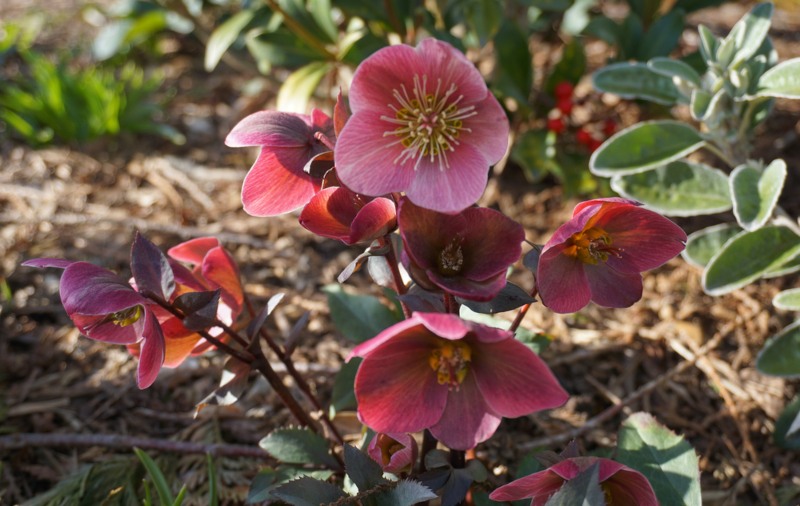
The Lenten rose really isn’t a rose, but its bloom resembles the appearance of a rose. It earns its name from both the similarity of the flower to a rose and the fact that it blooms close to Lent. Its large, showy 3 to 4 inch flowers hang in clusters from its thick stems. Colors range from pink, yellow and red to blue, green and lavender and appear in the early spring. Lenton rose grows to heights of 18 to 24 inches and prefers humus-rich, well drained soil. It prefers partial shade and is hardy in USDA plant hardiness zones 4 through 9. A great perennial choice to plant in Maryland.
Carnation (Dianthus)
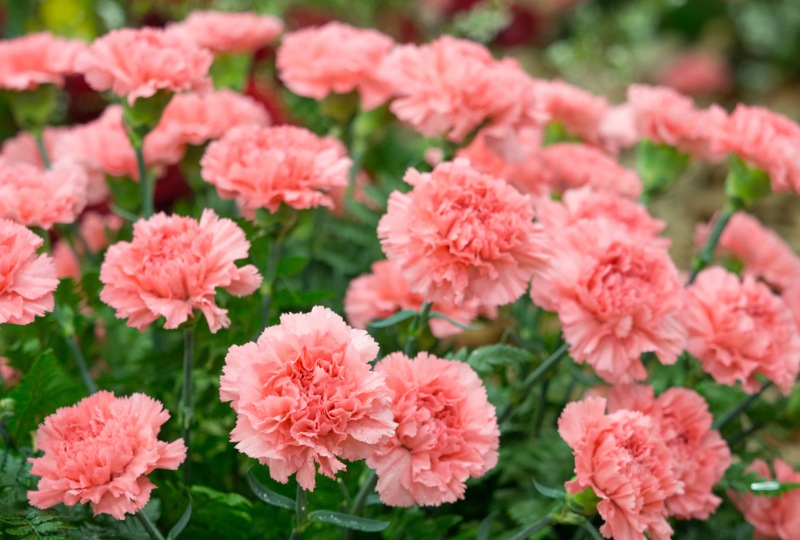
Carnations are prized as a cut flower, but they can make an impressive addition to the perennial bed, too. These fragrant flowers reach heights of 12 to 18 inches and produce fluffy blooms on tall slender stems. Flower color ranges from white to pink, red and coral with lovely shades in between. They bloom in late spring and may rebloom later in the season. They prefer fertile, well-drained soil and perform best in full sun or partial shade. Many are hardy in USDA plant hardiness zones 7 through 10 with some varieties performing well in zones 5 and 6.
Peony (Paeonia)
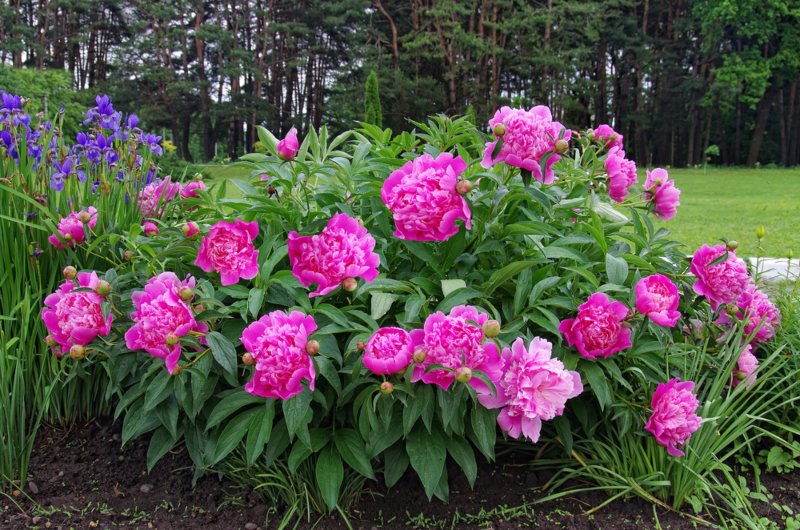
Peonies bridge the gap between early spring blooms and the onset of summer bloomers bringing the garden alive with color in late spring. These showy flowers typically produce massive fluffy blooms (although some varieties are single petaled) in gorgeous shades of white, pink, red and rose with many attractive bicolors, too. Some peonies have distinct yellow centers. They attract bees and butterflies and grow to heights of 3 to 4 feet. Peonies prefer full sun to partial shade and grow well in average soil. They do require staking to support the heavy blooms, but are otherwise relatively carefree. They are hardy in USDA plant hardiness zones 3 through 9.
For more tips on growing Peonies, see our growing guide here.
Astilbe (Astilbe spp.)
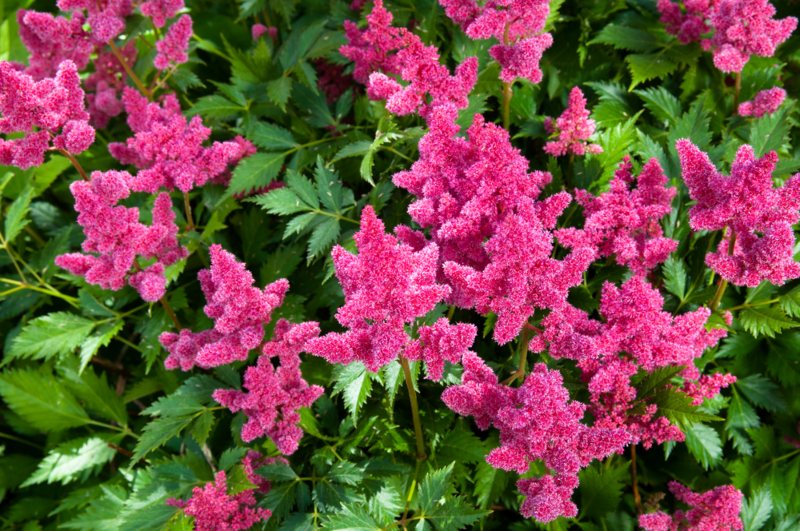
Astilbe brings the garden alive in late spring to mid-summer with its billowing plumes of delicate flowers in subtle shades of pink, red and white. These flowers give the illusion of cotton candy or magical clouds hovering in the garden. It grows to heights of 2 feet and prefers full sun to partial shade. It prefers slightly acidic soil and average moisture. It is hardy in USDA plant hardiness zones 3 to 8.
Stoke’s Aster (Stokesia laevis)
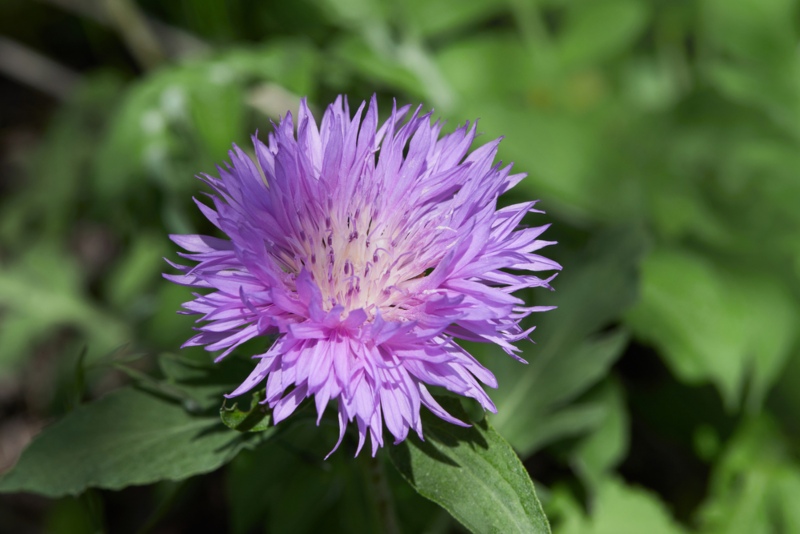
Unlike other asters that put on a show in the fall, Stoke’s Asters bloom from late spring through the summer. These frilly blooms features intricate centers and range in color from white and pink and striking shades of blue. The plant grows to heights of 2 feet and may produce massive 4 inch blooms. It prefers slightly acidic, well-drained soil. They prefer full sun but benefit from afternoon shade. They are hardy in USDA plant hardiness zones 3 through 9.
Cardinal Flower (Lobelia cardinalis)
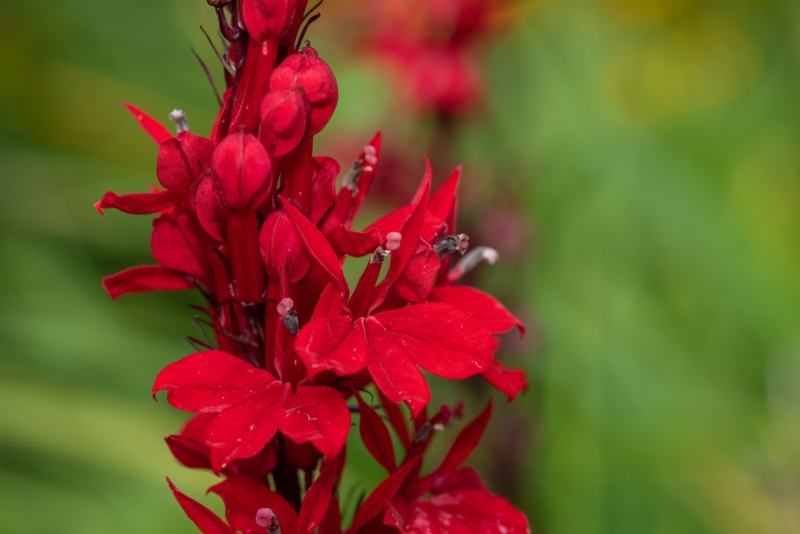
Cardinal flowers attract bees, butterflies and hummingbirds with their bright, tubular flowers, but pollinators aren’t the only ones who enjoy this fiery flower. Cardinal flowers in the flowerbed add show stopping beauty and draw the eye to the bed. These showy flowers grow to heights of 2 to 4 feet with a 1 to 2 foot spread. They prefer humus-rich, moist soil that drains well and perform well in either full sun or partial shade. They are hardy in USDA plant hardiness zones 3 through 9.
Black-Eyed Susan (Rudbeckia)
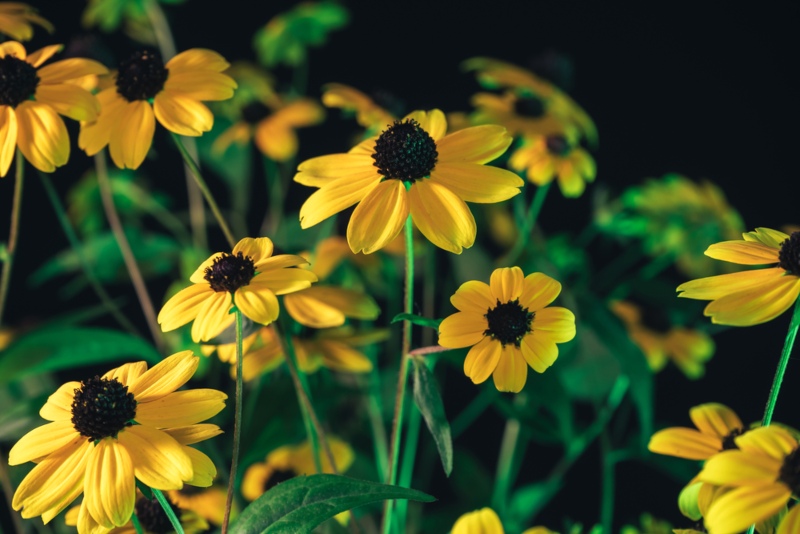
Black-Eyed Susan blooms in early to mid-summer and continues well into the fall with its large showy blooms. Petals are a vibrant orange with a distinct dark center, but that is not the only variety of rudbeckia to choose from. These amazing flowers come in a range of colors in the yellow, orange and red pallet. While some, like “Irish Eyes” feature petals in shades of yellow with a distinct green eye, others like “Cherokee Sunset” produce beautiful variegated petals in shades of yellow, orange, bronze and mahogany. These hardy flowers aren’t fussy about their soil and will tolerate drought. They prefer full sun but will grow in partial shade. They are hardy in USDA plant hardiness zones 3 through 10.
Coreopsis (Coreopsis spp.)
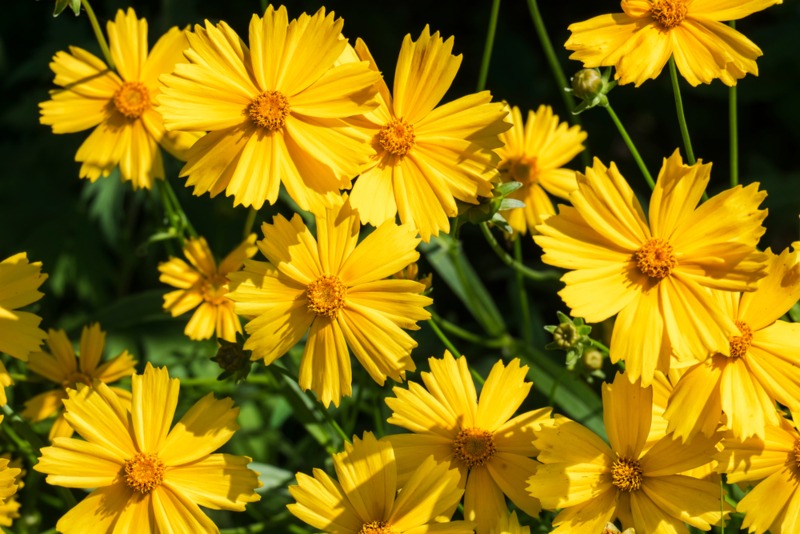
Coreopsis dazzles the eye with its bright yellow flowers that bring the flowerbed alive for weeks in midsummer. Flowers can be either single or double petaled and range in color from pale yellow to brilliant orange yellow, but there are also pink and red varieties too. Most reach heights of 2 to 3 feet, but some varieties grow to 6 feet or more. Coreopsis prefer full sun to partial shade and thrive in average, well-drained soil. Most are hardy in USDA plant hardiness zones 4 through 9, but this varies by cultivar.
Garden Phlox (Phlox)
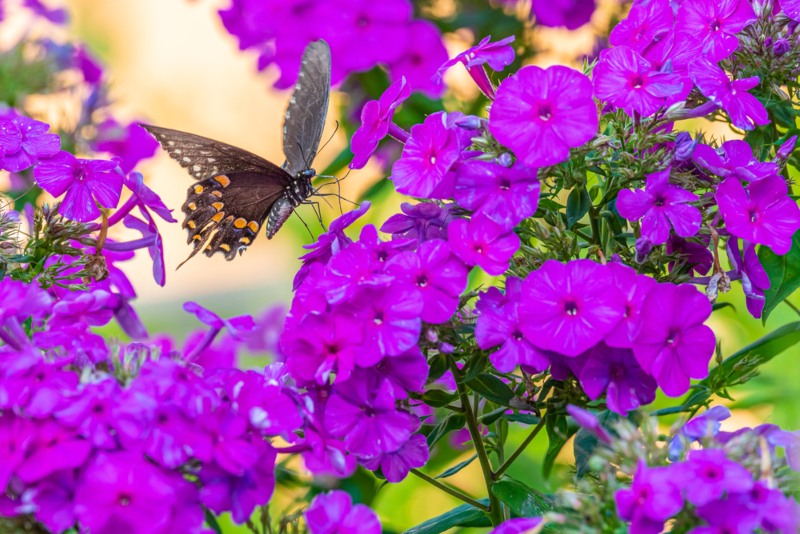
Garden phlox are prized for their heady, sweet fragrance and their globe-shaped clusters of tiny flowers. They bloom for several weeks beginning in late spring or early summer and continuing until nearly fall. If deadheaded or cut back after the blooms fade, phlox will produce a second blush of blooms later in the year. They range in color from white and pink to marvelous shades of red, magenta and rose with many bicolors, too. They grow to heights of 2 to 3 feet and prefer full sun to partial shade. They perform well in average soil and are hardy in USDA plant hardiness zones 4 through 8.
Perennial Sunflower (Helianthus spp.)
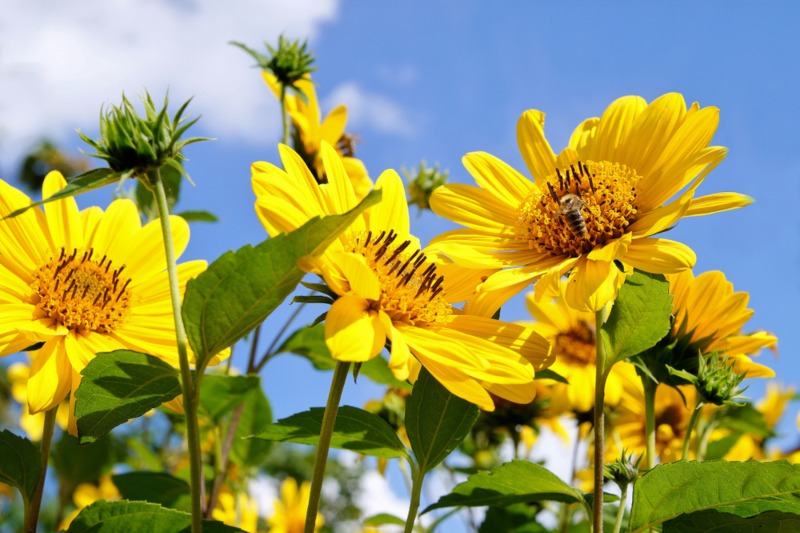
While most people think of sunflowers as massive plants with large sunny blooms that appear in the fall, those aren’t the only type of sunflowers you can grow in your garden. Perennial sunflowers are a great choice for adding bright sunflower cheer to the flowerbed without the bother of replanting new sunflowers every year. These flowers typically produce daisy-like flowers on 2 to 4 foot branching stems held above airy foliage. They range in color from yellow to orange and shades of bronze or red and thrive in full sun. They prefer average, well-drained soil and will tolerate dry soil once they are established. Perennial sunflowers are hardy in USDA plant hardiness zones 4 through 9.
Conclusion
Planting a new perennial bed requires some patience as it often takes new perennial plants at least two seasons to reach their mature size and produce blooms as expected. Many will not bloom, or will bloom sparingly the first year, but once they are established your perennials will return every year with bigger and brighter blooms. Most perennials require lifting and dividing them every 3 to 5 years to revive them and prevent them from becoming overcrowded.





